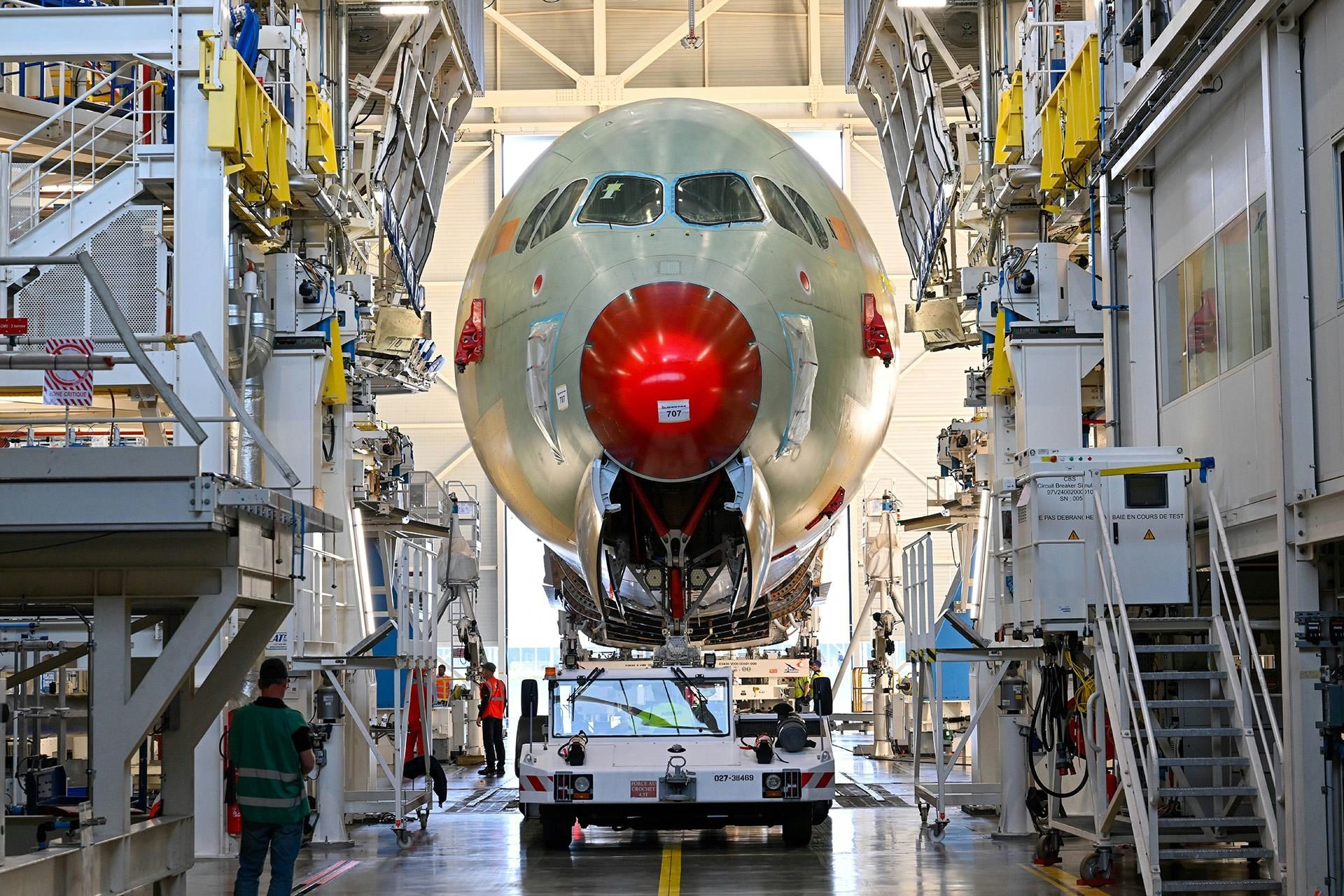
AeroGenie — あなたのインテリジェントな副操縦士。
現在のトレンド
Categories
The Changing Risk Landscape in Aviation
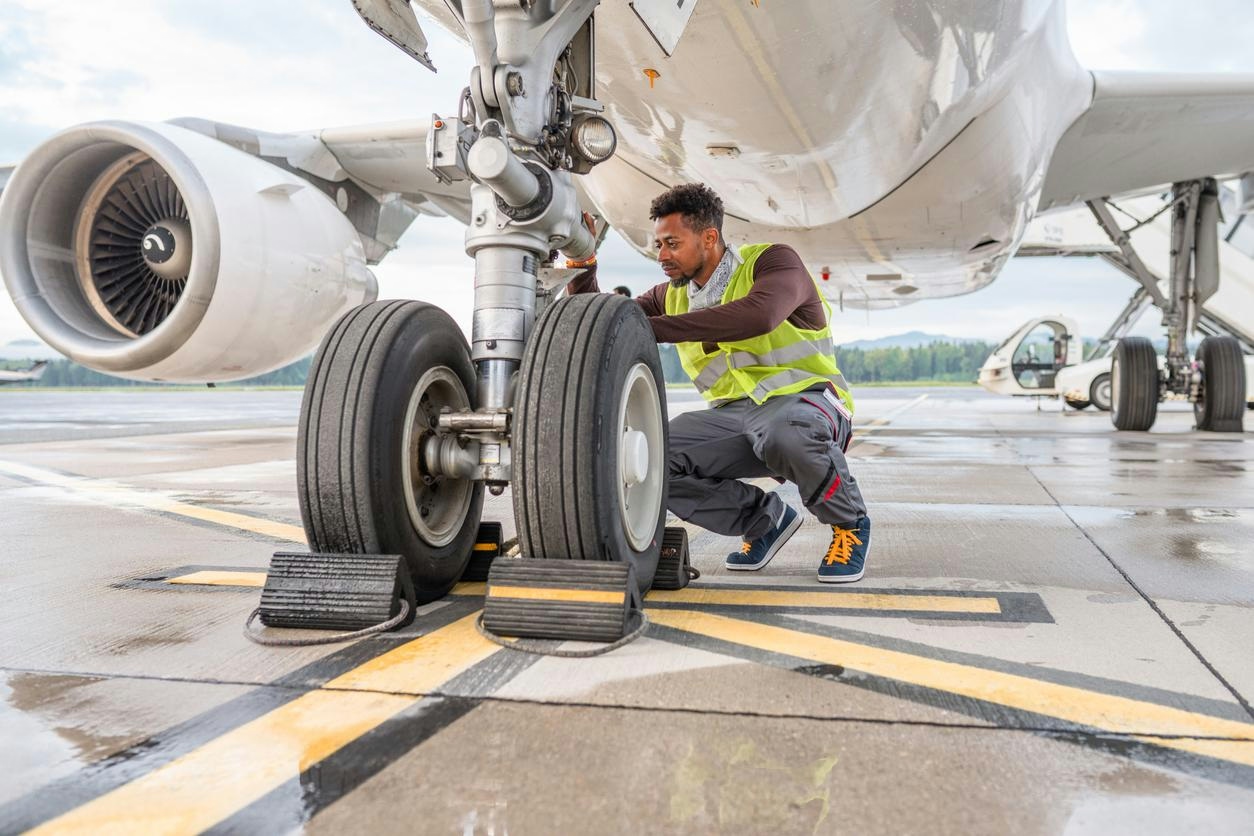
The Changing Risk Landscape in Aviation
As the aviation industry approaches 2025, it confronts a multifaceted and increasingly interconnected risk environment. This landscape is shaped by escalating cyber threats, regulatory transformations, geopolitical volatility, and enduring labour shortages. These challenges extend well beyond airlines and manufacturers, with significant ripple effects threatening global logistics, supply chains, and business continuity across diverse sectors, including pharmaceuticals and retail.
Adapting to a Complex Environment
Risk managers within the aviation sector face mounting pressure to respond swiftly, plan strategically, and foster international collaboration. Vulnerabilities such as grounded fleets, disrupted airspace, and delayed supply chains have the potential to destabilize trade flows across entire regions. The financial stakes are considerable, prompting airlines and insurers to reassess their risk management frameworks and prepare for possible increases in insurance premiums.
Evolving Threats and Industry Responses
Recent findings from the International Union of Aerospace Insurers’ (IUAI) 2025 CERSG Survey Summary and the Allianz Risk Barometer 2025 reveal a shift in both the severity and scope of aviation risks. While the industry maintains cautious optimism, there is a growing emphasis on resilience, regulatory compliance, and digital risk mitigation.
According to the Allianz Risk Barometer, the foremost risks confronting aviation in 2025 include cyber incidents, business interruption, regulatory change, political risk and violence, and workforce shortages. Cyber threats now top the list, encompassing ransomware attacks, IT outages, GPS spoofing, and other forms of malicious interference. The July 2024 CrowdStrike outage, which resulted in the grounding of thousands of flights, starkly illustrated the scale of potential disruption. Business interruptions remain a critical concern, driven by supply chain delays, ageing aircraft, and fragile global logistics networks. Regulatory pressures are intensifying, with stricter environmental, social, and governance (ESG) disclosures, emissions regulations, and evolving compliance requirements compelling companies to adapt rapidly. Political risks, including war, terrorism, and instability—particularly in Eastern Europe and the Middle East—continue to affect airspace access and insurer willingness to underwrite certain exposures. Persistent labour shortages further complicate operational safety, resilience, and cost structures.
Cybersecurity and Geopolitical Instability at the Forefront
For the first time, cyber incidents have surpassed all other risks in Allianz’s global ranking for aviation, aerospace, and defence. Adam Tozzi of Allianz attributes this prominence to the vast and varied nature of cyber threats, which range from cybercrime and ransomware to sophisticated attacks such as GPS spoofing that exploit vulnerabilities in aircraft navigation systems. Concurrently, the IUAI survey identifies geopolitical instability as the leading threat over the next five years, with two-thirds of insurance professionals ranking it as the most significant concern. The rapidly evolving geopolitical landscape demands heightened agility and vigilance from aviation stakeholders.
Innovation and Regulatory Compliance
In response to these challenges, industry players are investing in advanced risk assessment technologies. For example, Nimbl has developed a mobile application that enables real-time risk evaluation and secure document hosting, while active safety systems are being adopted to counter emerging threats. The sector is also navigating the complexities of global insurance markets, where increased confidence in the implementation of IFRS 17 accounting standards is influencing risk insurance and management practices.
As the aviation risk landscape continues to evolve, resilience, international coordination, and technological innovation will be essential to safeguarding the industry and the global networks it underpins.

Embraer Unveils AI-Driven Smart Planning Solution
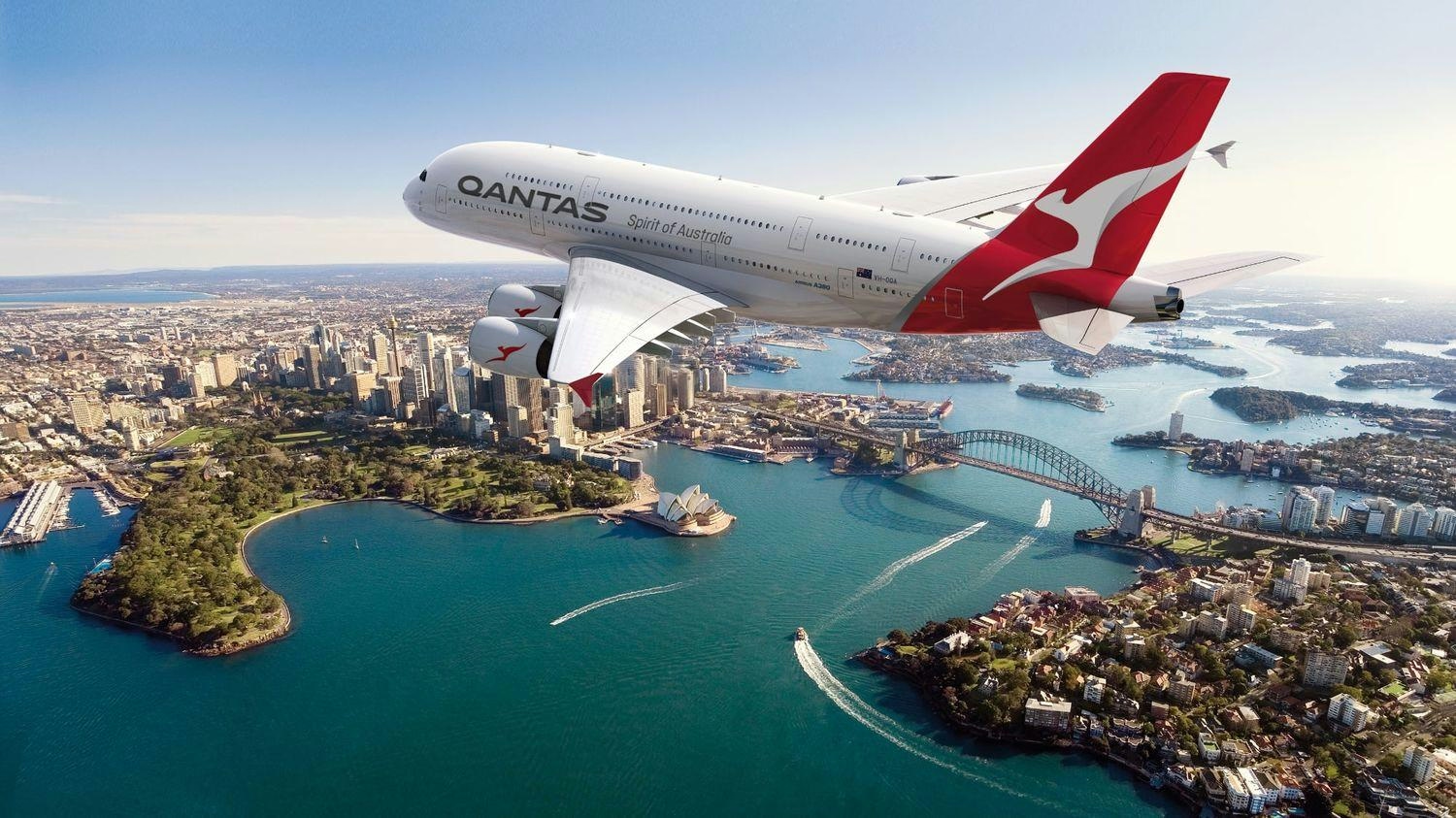
Qantas Returns A380 to Service

Perimeter Aviation Adopts Omnivex Software to Enhance Communications

AAR Names Sarah Flanagan Interim CFO
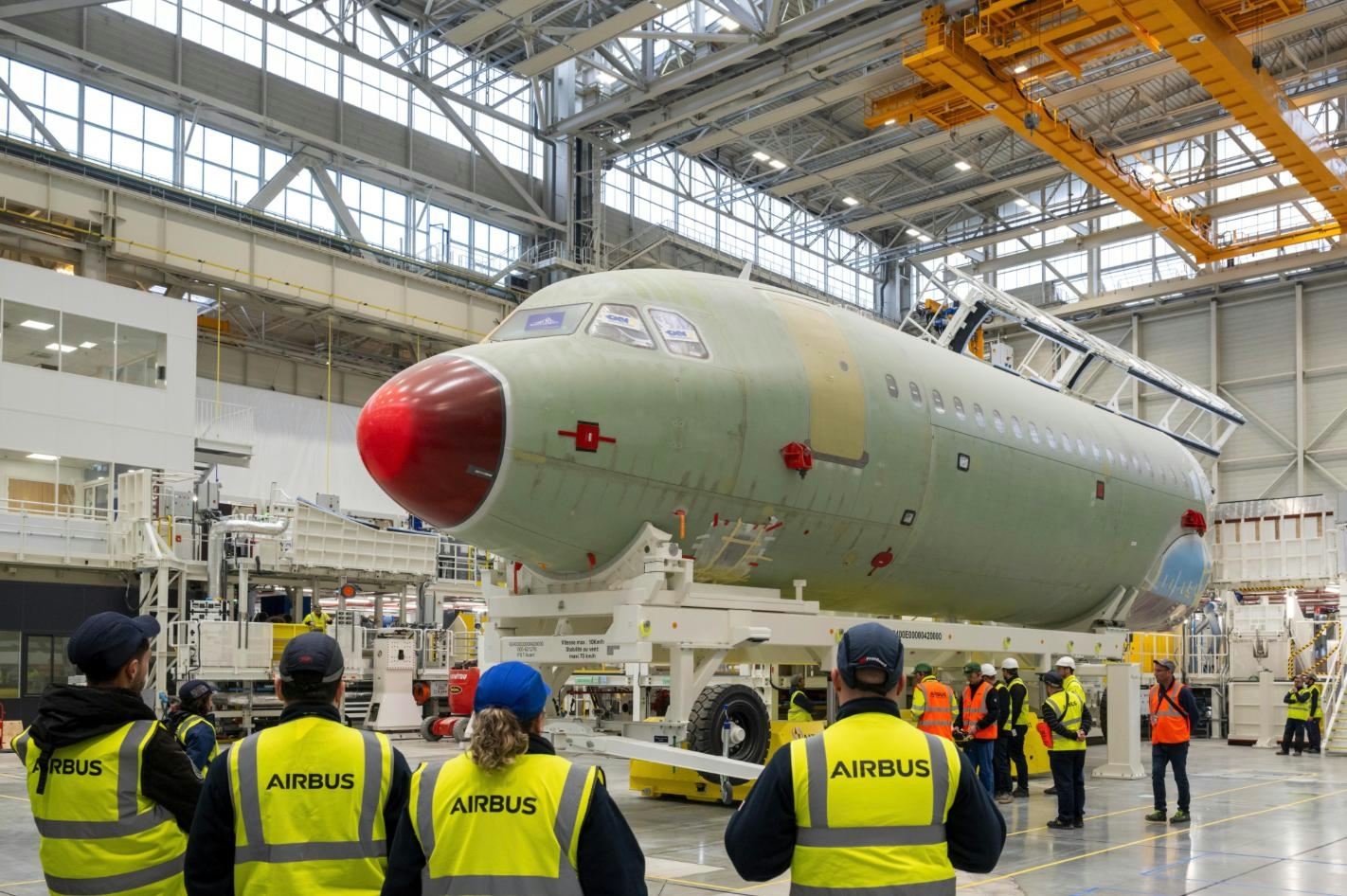
Airbus Reports Drop in November Deliveries
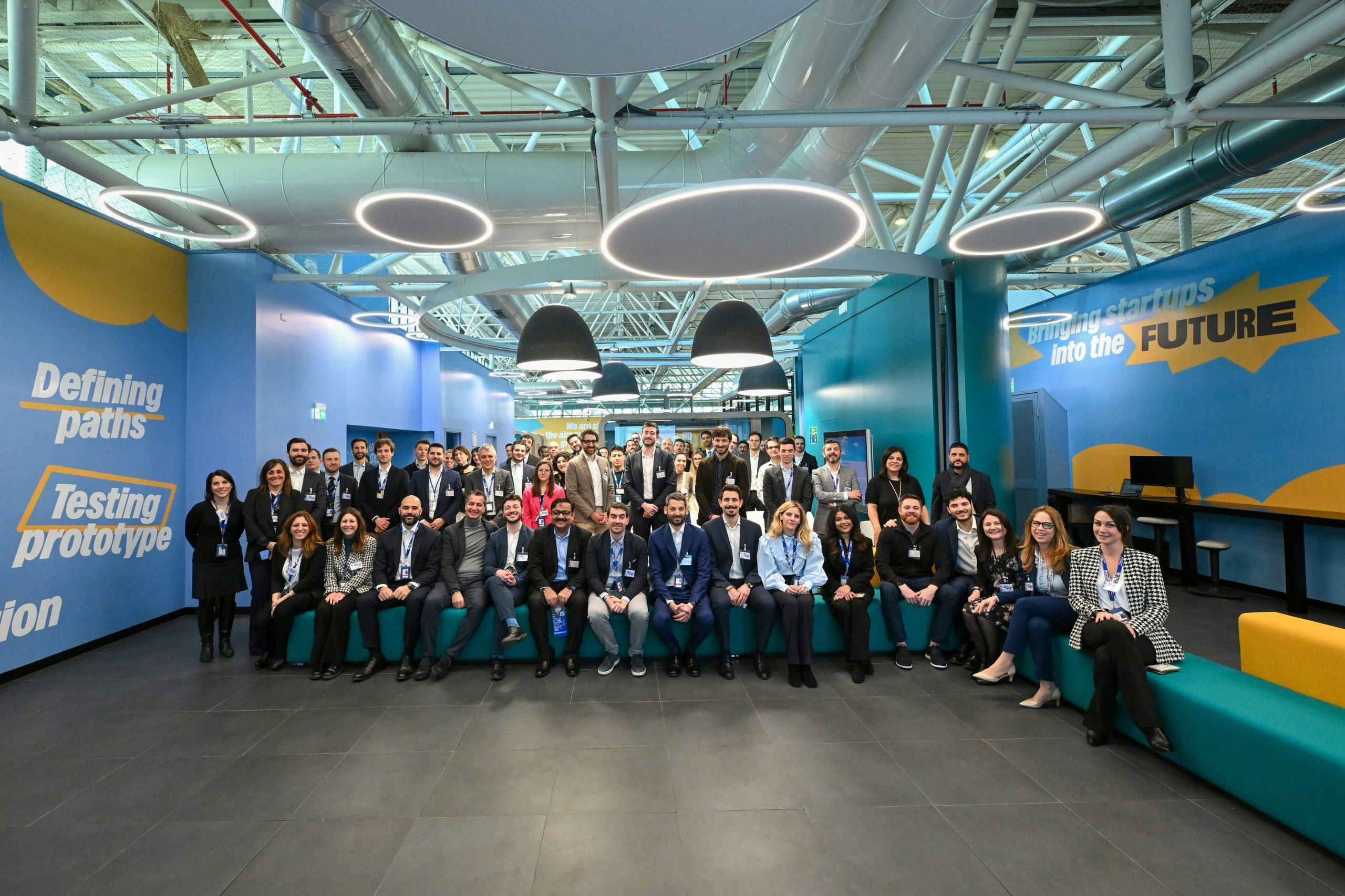
ADR Launches Fourth Call4Startups Edition at FCO Innovation Hub
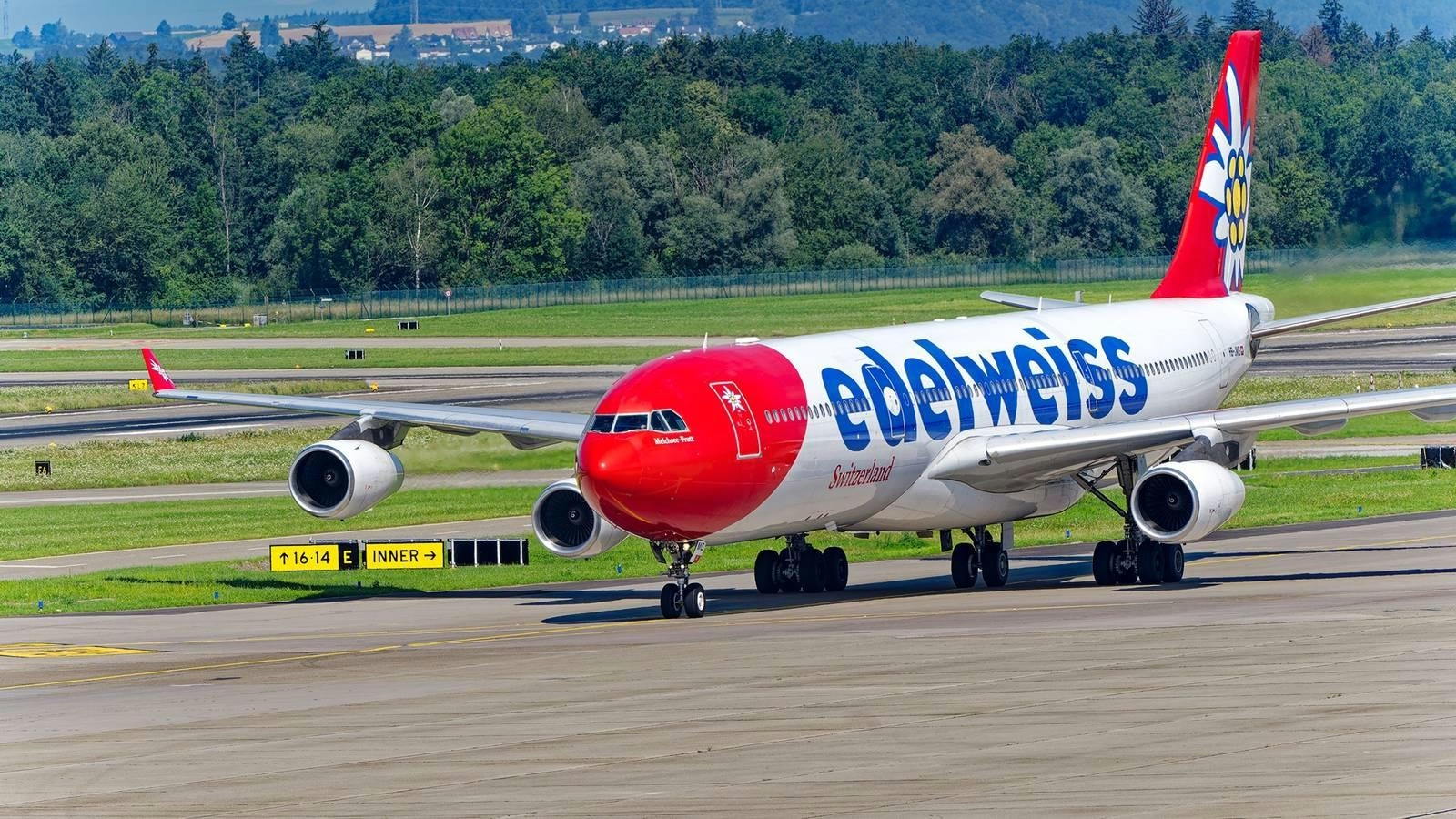
Edelweiss Repairs Airbus A340-300 Engine After Bird Strike in Zurich

Certified Aviation Services Appoints Richard Morris as Director of Quality Training and Safety
